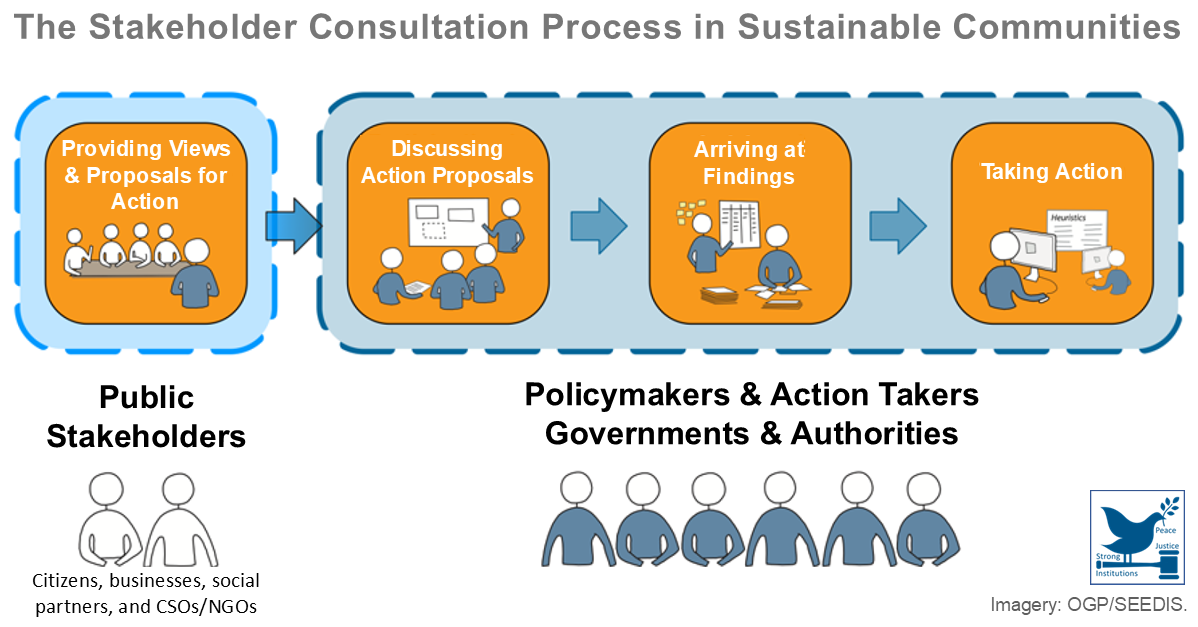- Petition Adressees – Address your petition to those who can take action on your request – specific persons, a parliament or an organization from politics, business or society (up to 15). Specify the country (required) and region (optional) for the petition and the requested action.
- Title – Create a short descriptive title that clearly states the concern and request for action. The title should arouse interest to read the petition message.
- Petition Message – Communicate the concerns, the case, the cause, the solution(s), and the request for action. The message must explain why the petition is important and convince the recipients and the public to support your petition and take the requested action.
- Supporting Information – Link to information (studies, reports, scientific research) that support your concerns (up to 10). You can paste the title of the supporting information with an embedded link to the source (e.g., "IPCC WGII Sixth Assessment Report – Technical Summary"). Links to video clips can also be uploaded.
- Petition Image – Upload a suitable image in landscape format with an aspect ratio of 1.91:1 (1200x627 px) for display with your petition. You can crop and resize images you upload as may be needed.
- Collection Target – Leave empty if you can't decide on a meaningful collection goal and don't want to set an arbitrary signature collection target. A collection target should be realistically achievable.
- Termination Date – Leave empty if you don't want to set a termination date. To prolong or terminate a petition either before or without a termination date, you must instruct us accordingly. Petitions without a termination date will automatically be discontinued after six months.
- Petition Campaign – You can broadcast and share your petition with an individual by choosing the platform – Facebook, LinkedIn, Twitter, WhatsApp or email – on the petition page. Alternatively, you can copy and embed the link to your petition in a mail campaign.

